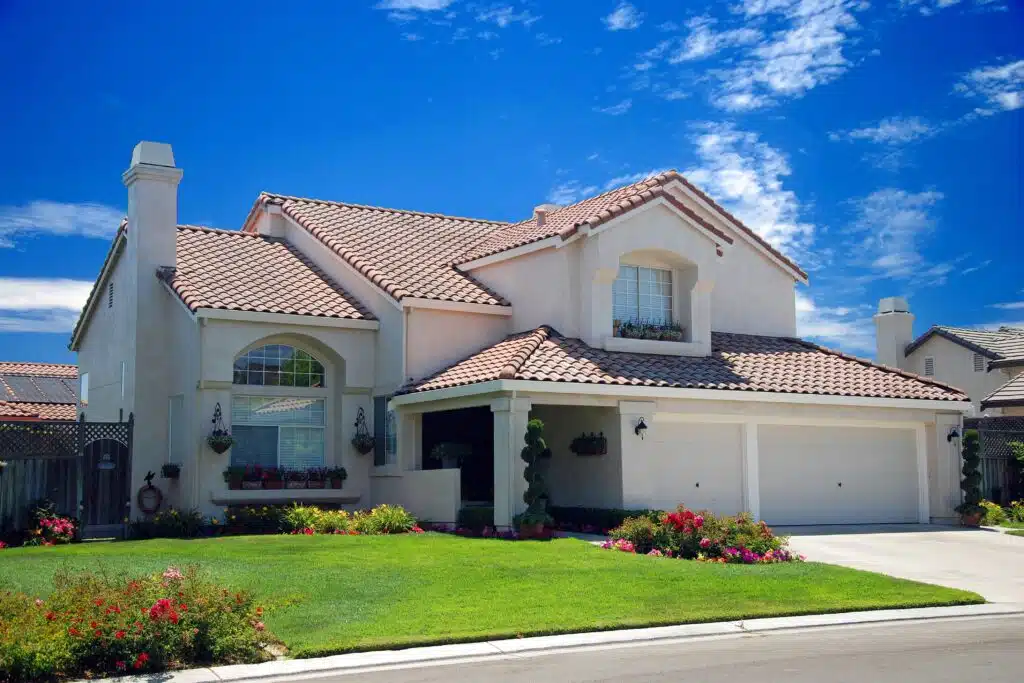
Realtors know how important it is to find the right home for each buyer. For many buyers today, that home is newly built and offers modern finishes, an open floor plan, flexible-use rooms, energy-saving features and more.
Given those preferences, it’s in the Realtor’s best interest to show all buyers at least some newly built homes, says Brent Anderson, a spokesperson for Meritage Homes, a homebuilder headquartered in Scottsdale, Ariz. “More people could be encouraged to look at new construction,” Anderson says, “because in a lot of cases what they need or want in a home as part of the functionality may be much better served with a new home that has these features built in.”
Below are just a few types of newly built homes that are available to buyers:
Single-Family Home
Today’s newly built detached homes are often larger and have more bedrooms and bathrooms and a bigger garage compared with most older homes, Anderson explains. And that added square footage isn’t only more generous, but it’s also utilized more efficiently, as builders have replaced old-fashioned living rooms and narrow hallways with more walk-in closets, garage-entrance foyers, storage spaces and flex rooms that can serve as a home office or additional bedroom.
“You have longer sight lines in the home, which makes it feel bigger and brighter,” Anderson says.
New homes are designed to appeal to families, especially “starters and restarters,” who need homes that fit their busy lifestyles, says Leslie Olivo, general sales manager at home builder Pulte Homes in Central California.
“Someone in the early stages of starting a family, a couple thinking about expanding their household or somebody who’s restarting because of domestic restructure or retirement — these homes are working really well for those folks,” she says.
Townhomes and Condominiums
Townhomes might best be thought of as detached houses with multiple levels and slightly smaller footprints, yards and lots. That’s a configuration that appeals to buyers who want plenty of amenities at a more affordable price point, as well as less maintenance.
Aren’t townhomes and condos the same?
Whether a home is a technically a townhome or, strictly speaking, a condominium, depends on how the builder has set up the ownership structure.
Typically, a condo means the homeowners’ association owns the structure of the building and the homeowner owns only the airspace between the walls. The association is responsible for the common areas and the building itself.
With a townhome, either the association or the individual owners might own the building. Either way, it’s important to find out who owns what because that determines who pays for certain repairs, maintenance and improvements. “You want to know who’s maintaining the landscaping, who’s maintaining the exterior structure, who’s washing the windows on the third floor,” Olivo says. “Those are good questions to ask, whether you’re a home shopper or Realtor, because every project is set up differently.” The typical condo buyer prefers an urban environment and minimal, if any, maintenance responsibilities. Examples include young professionals and retired couples, particularly those who travel frequently and want a “lock-it-and-leave-it” home.
The typical townhome buyer has a little more pride of ownership, wants a little more space, perhaps with a patch of land for gardening and may be frustrated or disappointed with resale homes that are costly, outdated or sell too quickly.
“The townhome buyer is someone who’d purchase a single-family detached if the market was more affordable,” Olivo says. “They can choose their finishes and have the home be brand new and know they don’t have to be part of a blind bidding process.”
The months’ supply of for-sale new construction homes relative to the pace of sales can at times exceed the month’ supply of for-sale resale homes relative to their sales’ rate, according to data tracked by the U.S. Census Bureau and National Association of Realtors. That means buyers might have more new homes from which to choose when resale homes are scarce.
Active Adult Communities
Active adult communities, which may have age restrictions, tend to appeal to buyers who care less about the configuration of their home and more about their connection to their neighbors. “It’s not really even about the house,” Olivo says. “It’s a lifestyle choice.”
Buyers (that fit the age restrictions) who aren’t demanding about specific numbers of bedrooms or bathrooms, but instead ask about the social, neighborhood and community aspects of their new home are good candidates to purchase homes in today’s newly built active adult communities.
Concerns about utility bills are also a common characteristic of this buyer profile. “Seniors typically are looking at a fixed income,” Olivo says. “If they are living in a large home that’s 30 or 40 years old, they’re paying high energy bills. New homes are significantly more energy efficient.”
When working with clients who may be considering a newly built home, consider these clues about their needs and so you can easily match them to the right type of new construction home.

